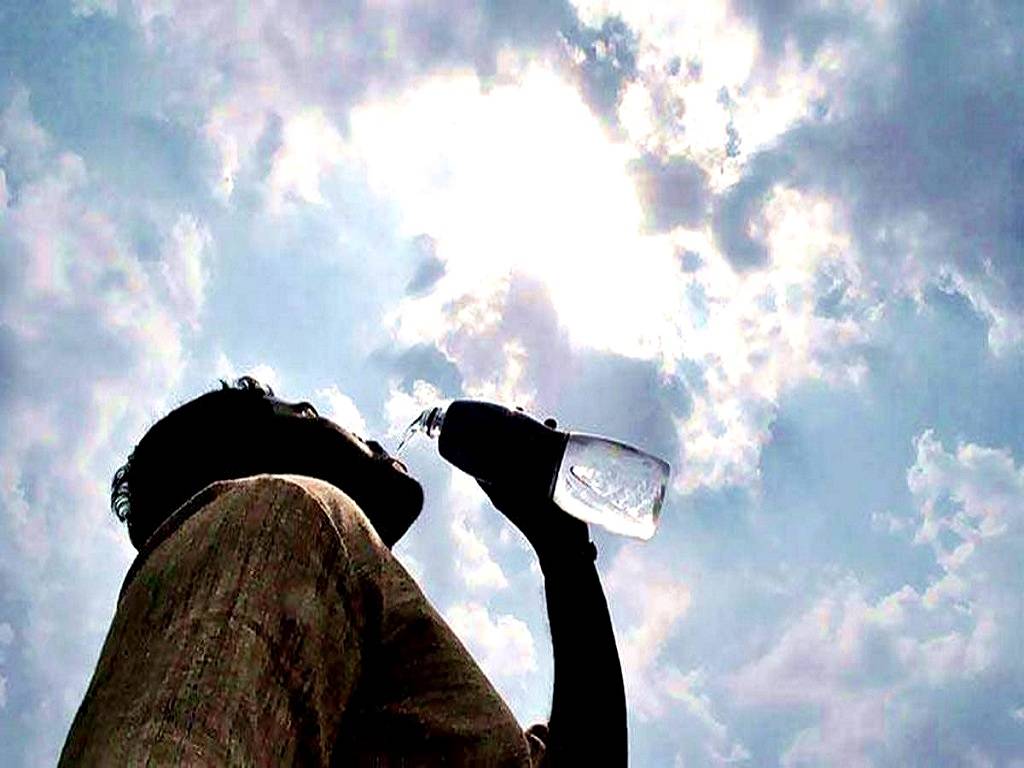
The Indian Metrological Department (IMD) said on Tuesday that the western parts of India, as well as adjoining areas of central and northwest India and north east India, are likely to experience above-average maximum temperatures from March to May.
Maximum temperatures will remain high in Jammu and Kashmir, Ladakh and Himachal Pradesh significant sections of Rajasthan, Gujarat, and adjoining areas of Madhya Pradesh and Maharashtra according to the official statement.
The IMD predicted that northeastern parts of India will also face above normal temperatures in the same period.
However, according to the IMD, the Indi-Gangetic plains are expected to experience lower than usual heat waves in March, April, and May. In the northern plains, no heat wave is predicted in March.
A "heat wave" is proclaimed in the plains when the maximum temperature is more than 40 degrees Celsius and at least 4.5 notches above normal.
According to the IMD, a "severe" heat wave is declared when the temperature deviates from normal by more than 6.5 degrees Celsius.
The IMD predicts slightly higher-than-normal maximum temperatures in Gujarat, Maharashtra, Madhya Pradesh, and Chhattisgarh in March.
In most parts of northwest and west India, the minimum temperature is expected to be above normal.
A study published in 2021 confirmed that the country's northwestern, central, and south-central regions have emerged as new heat wave hotspots. According to the study, climate change and the consequent rise in heat wave trends would put a larger population at risk.
The IMD also said India recorded 44% more rainfall in the winter season.
Heavy rainfall events in the country in February were the lowest in four years, it said, adding that most heavy rainfall events were concentrated in Kerala and Jammu and Kashmir.
The country saw 18 events each of heavy rainfall in 2021 and 2020 and 82 in 2019.
















